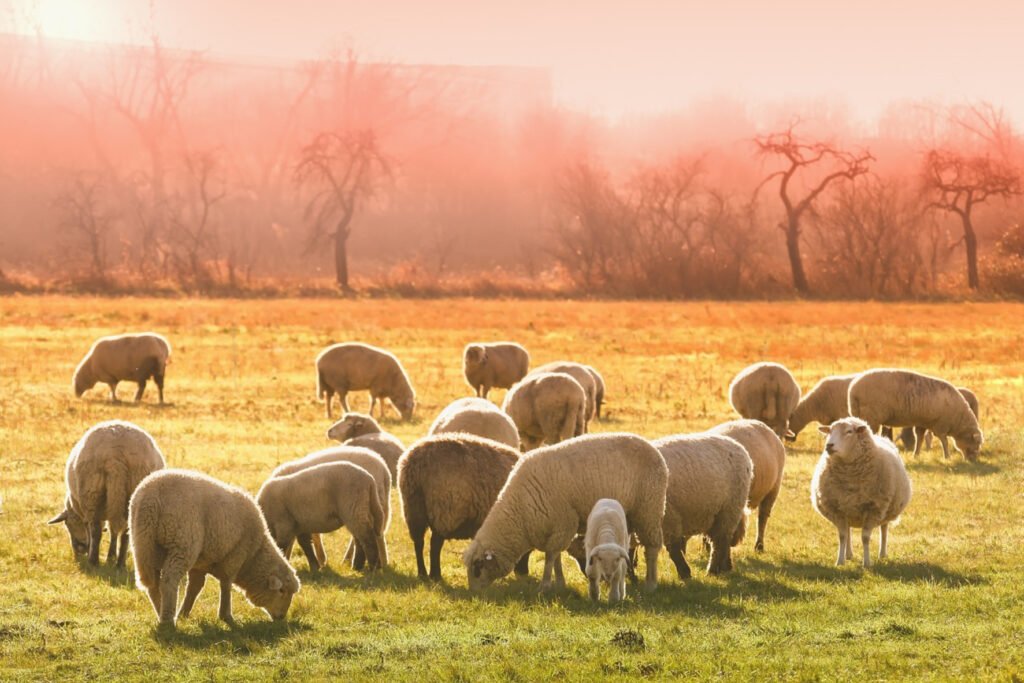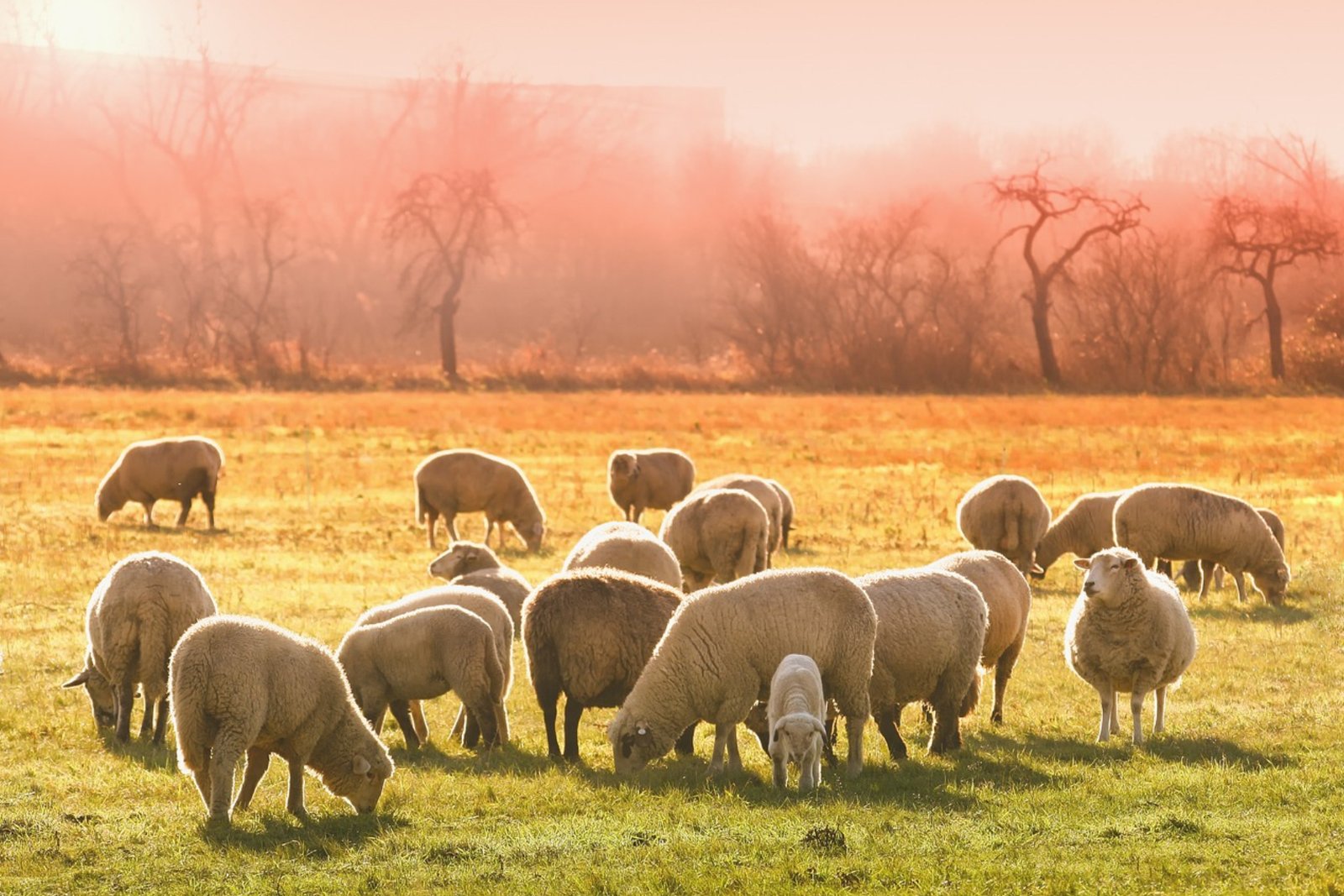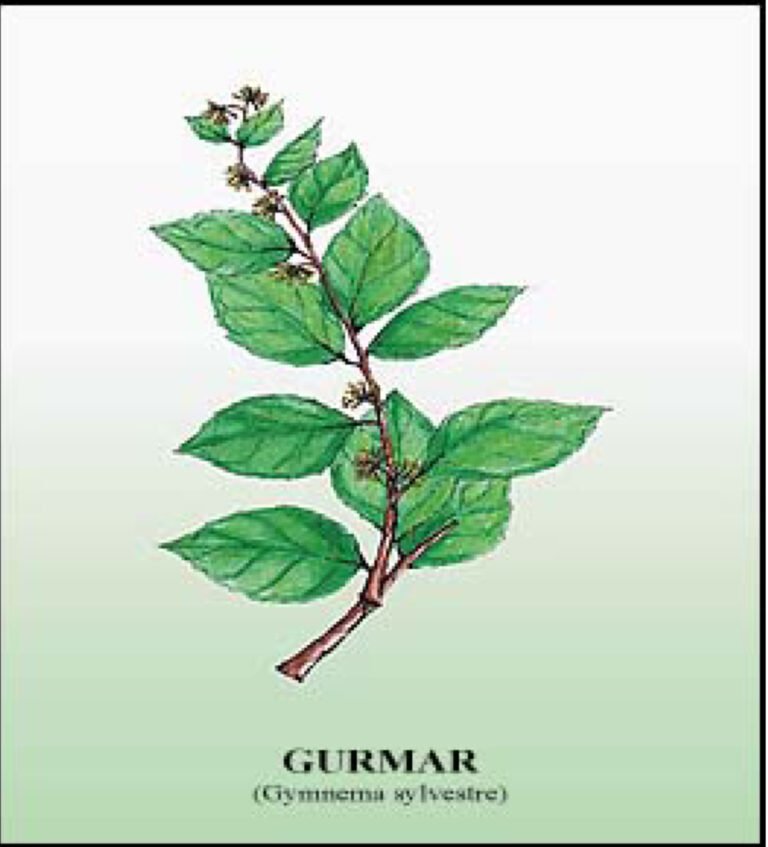wool healing therapy


Wool is classified based on the animal it comes from, the region it’s produced, and the quality of the fibers. Here are some common types and names of wool:
1. Sheep Wool
Merino Wool: Sourced from Merino sheep, known for its softness, fineness, and excellent moisture-wicking properties. Ideal for high-performance clothing.
Shetland Wool: Comes from Shetland sheep in Scotland. It’s coarser than Merino and is often used for sweaters and tweed fabrics.
Lambswool: The first shearing of a young sheep, typically softer and finer than adult wool. Used in high-quality knitwear and textiles.
Rambouillet Wool: From Rambouillet sheep, a close relative of the Merino, known for its softness and durability.
2. Goat Wool
Cashmere: Comes from the undercoat of Cashmere goats, mainly found in the Himalayas. It’s incredibly soft, lightweight, and warm, often used in luxury garments.
Mohair: From the Angora goat, known for its sheen, durability, and elasticity. Often used in suits, scarves, and upholstery.
3. Camelid Wool
Alpaca Wool: From Alpacas in South America. It’s lightweight, hypoallergenic, and warmer than sheep wool. Available in different grades, from soft (baby alpaca) to coarse.
Vicuna Wool: From the Vicuna, a relative of the Alpaca. It’s one of the rarest and most expensive wools, known for its extreme softness and warmth.
Llama Wool: Similar to alpaca wool but generally coarser. Often used for outerwear and blankets.
4. Rabbit Wool
Angora Wool: From the Angora rabbit, known for its extreme softness, fluffiness, and lightness. Often blended with other fibers due to its delicate nature.
5. Specialty and Exotic Wools
Qiviut: From the undercoat of the musk ox, primarily found in the Arctic. It’s eight times warmer than sheep wool and very soft, but rare and expensive.
Yak Wool: From the undercoat of Yaks, typically found in the Himalayas. It’s similar to cashmere in softness and warmth but more durable.
Guanaco Wool: From the Guanaco, a relative of the llama, prized for its softness and warmth. It’s rare and often used in luxury textiles.
6. Blends
Wool Blends: Wool is often blended with other fibers, like silk, cotton, or synthetic fibers, to improve its properties (like elasticity, softness, or durability). Names might include “Wool-Silk Blend,” “Wool-Cashmere Blend,” etc.
These different types of wool have unique properties, making them suitable for various uses, from high-performance outdoor gear to luxurious fashion items.















